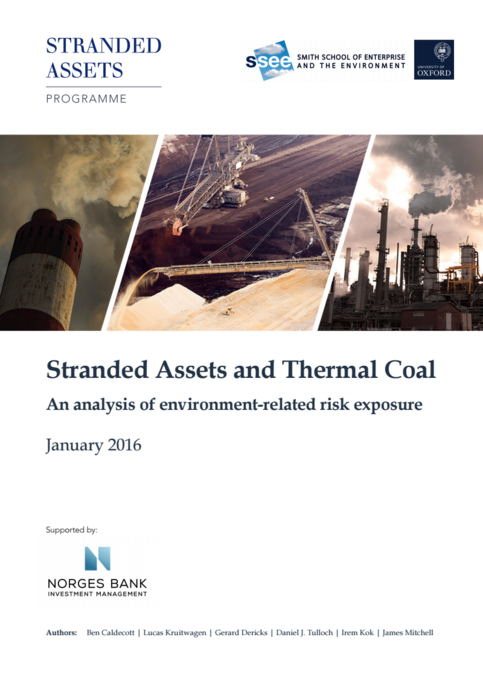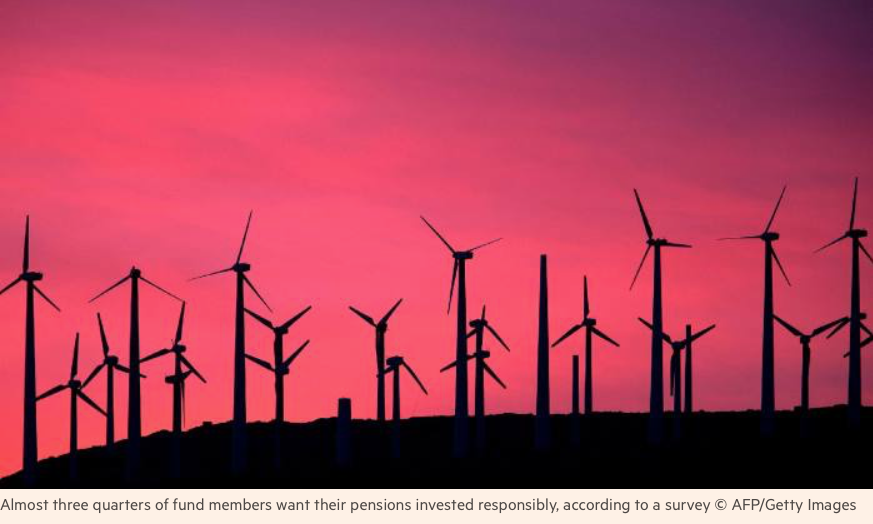Stranded assets in the fossil fuel industry
What are stranded assets?
CTI introduced the concept of stranded assets to get people thinking about the implications of not adjusting investment in line with the emissions trajectories required to limit global warming. There have been a number of interpretations, including:
- Regulatory stranding – due to a change in policy of legislation
- Economic stranding – due to a change in relative costs / prices
- Physical stranding – due to distance / flood / drought
The concept has warranted a new programme at the Smith School of Oxford University which considers stranded assets across a range of sectors from an academic perspective. From a financial perspective, accountants have measures to deal with the impairment of assets (eg IAS 16) which seeks to ensure that an entity’s assets are not carried at more than their recoverable amount.
Why are they important?
CTI says: Stranded assets are fossil fuel energy and generation resources which, at some time prior to the end of their economic life (as assumed at the investment decision point), are no longer able to earn an economic return (i.e. meet the company’s internal rate of return), as a result of changes in the market and regulatory environment associated with the transition to a low-carbon economy.
Further reading



















